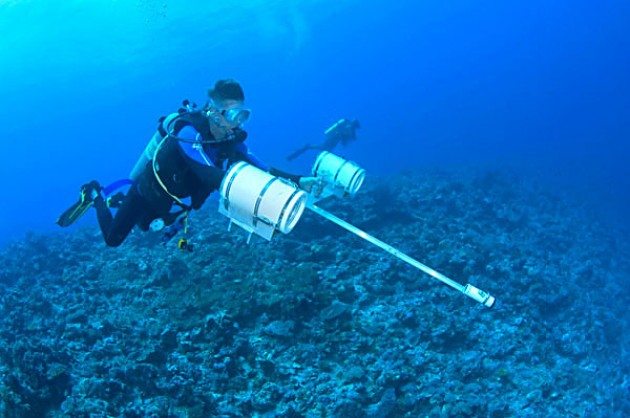My, what big fins you have!
Accurate estimates of body size are essential for determining the health of shark populations. In the past, this usually involved capturing and restraining animals in order to measure them, with the attendant risk of injury to both researchers and the sharks.
Fortunately, new technology has overcome this problem and we are now able to measure, with great accuracy, the body proportions and size of free-swimming sharks. This is done using a stereo-camera system operated by a diver (diver-operated video or “DOV”). In Palau, a project funded by Save Our Seas Foundation and led by Dr Mark Meekan of the Australian Institute of Marine Science and Gabriel Vianna of the University of Western Australia has been using this approach to measure sharks at popular dive sites. Paired video cameras in housings film the sharks and a diode (light) in the front of the cameras allows the researchers to synchronize frames of the video.
Using principals originally developed for aerial photography, these researchers are then able to calculate the length of any body part and total size of the animal with a precision of a few millimeters. The technique is so accurate that the researchers can recognize individual animals by their body proportions. By repeatedly filming the same animals over a number of years, they will be able to measure growth rate of these sharks.

